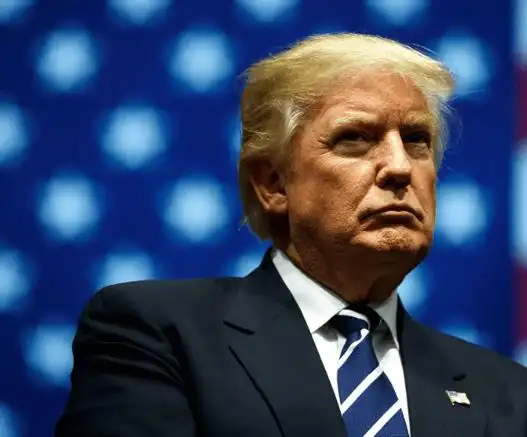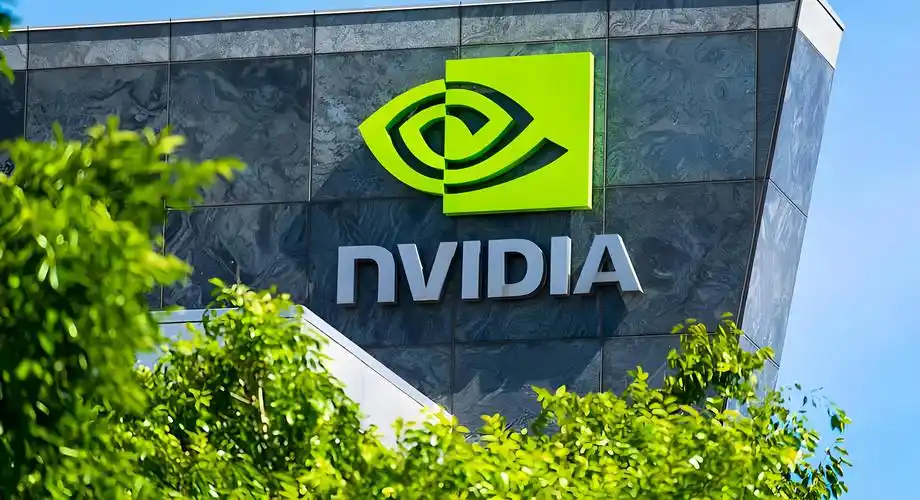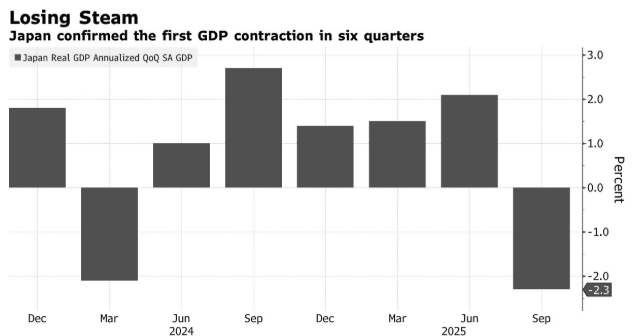This week, the United States and Japan reached what President Donald Trump called the largest trade deal in history.
But Tokyo’s pledge to set up a $550 billion US investment fund has raised doubts about the feasibility of the deal due to a lack of details, and the agreement has been put forward as a potential template for other major trading partners.
This fund is the core content of the agreement announced by Trump to impose a 15% tariff on Japanese automobiles and other goods. Although the effective date and other basic contents are still unclear, US Treasury Secretary Scott Bessette warned this week that the US will supervise the implementation of the agreement and if Trump is not satisfied, the tax rate will be raised to 25%.
The leaders of the two countries sometimes seem to be at odds. The White House said that it would invest over 550 billion US dollars under the leadership of the United States, while Trump stated on social media that 90% of the profits would be handed over to the United States. On the other hand, Japanese Prime Minister Ishiba Shigeru said that Japan would provide various forms of assistance, including investment, loans and loan guarantees, with a maximum amount of 550 billion US dollars.
Japan’s chief negotiator, Ryohei Akazawa, said the fund would be supported by government agencies, the Japan Bank for International Cooperation and the Japan Export-Import Insurance Corporation. He also said that it was expected that the private sector would participate as well.
It remains unclear who will provide the majority of the funds and the duration of the funds. In fiscal year 2024, the Japan Bank for International Cooperation’s investment in North America was approximately 263 billion yen (about 1.8 billion US dollars), accounting for about 0.3% of the currently publicized figure.
U.S. Commerce Secretary Howard Lutnick told Bloomberg Television after the deal was reached that “Japan will provide the funds for the project and hand it over to the operator, with 90% of the profits going to U.S. taxpayers.” He cited some potential examples, such as a pharmaceutical factory or a chip factory.
On the other hand, Ishiba Shigeru described the fund as a way to support Japanese companies’ investment in the United States. The prime minister emphasized that the fund would benefit both Japan and the United States and would target industries of strategic importance.
SoftBank Group committed last year to invest $100 billion in the United States over the next four years, while Nippon Steel & Sumitomo Metal Corporation announced that it would invest $11 billion in the business of United States Steel Corp. by 2028. Previously, Nippon Steel & Sumitomo Metal Corporation acquired the Pittsburgh-based steel producer for $14.1 billion last month. The two companies also promised to create a large number of jobs in the United States.
It is not clear whether these figures will be regarded by the United States as part of the agreement.
“They have proposed the idea of Japan-US cooperation to us. They will provide equity, credit guarantees and funds for major US projects,” said Bessenet. He also added that the foreign direct investment commitments “are all new capital.”
The White House fact sheet on the trade deal said that Japan will also purchase an additional 100 Boeing aircraft and defense equipment worth billions of dollars each year. Akizuki said that these two commitments are based on existing plans of Japan Airlines and the government respectively.
Akizawa said, “We have already explained to the US side Japan’s idea of purchasing defense equipment. This is one of our efforts to enhance our defense capabilities. But strengthening defense is not a topic of trade and tariff negotiations.”
Akizawa said he hopes the reduced auto tariff rate will take effect as soon as possible and expects the broader 15% rate to be imposed from August 1. He added that there has been no discussion on compliance or monitoring issues yet.
“I have been to the United States eight times,” Akazawa told reporters in Tokyo shortly after returning to Japan. “But I don’t remember discussing how we would implement our agreement or how we would ensure its implementation.”


